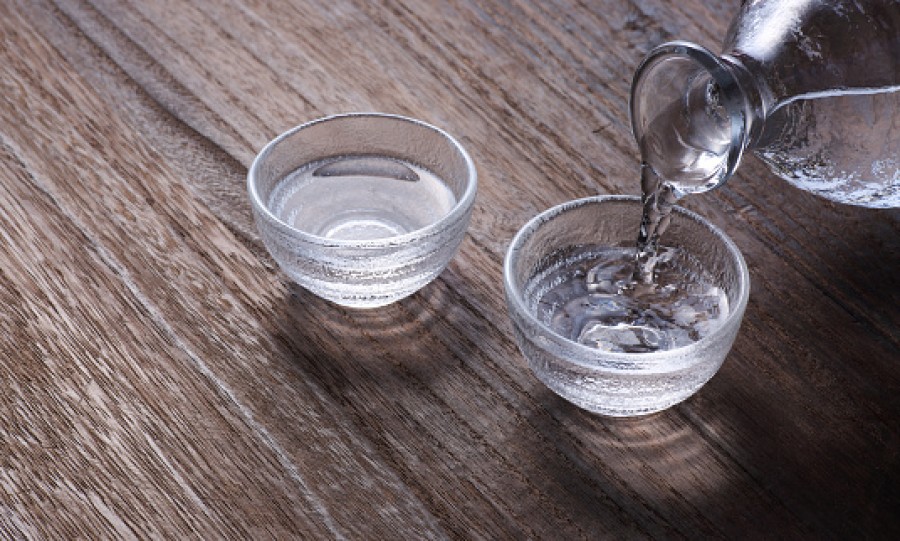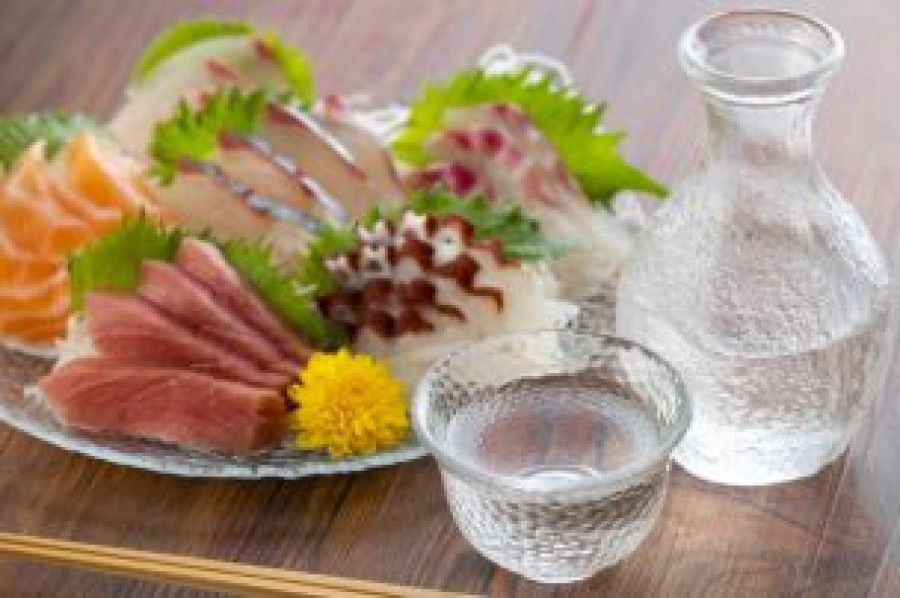Do you have any sake that you received as a gift or that you opened during the New Year holidays and didn't finish drinking sitting in the back of your kitchen?
It seems a waste to use it in cooking wine, but it's tough to drink it all...
You may worry that you will ruin the sake in the process.
It's too good to throw away, but what should I do with it? For those of you who are worried about what to do with sake, we would like to introduce how to use sake as a cooking sake and how to enjoy sake as a cocktail.
The best-before date for sake is ~1 year if unopened.
Sake is not marked with an expiry date, but with the date of manufacture as a rule.
This is because the sterilising effect of alcohol allows it to be preserved for a long time. Therefore, drinking sake that has been aged five or ten years is not harmful to the body.
However, sake is generally not made to be enjoyed after years of ageing, like wine or whisky. Therefore, as a guide, it is said that up to one year is the maximum time for enjoying the original taste if the bottle is unopened.
Honjozo sake and ordinary sake → approximately one year from the date of manufacture.
Ginjo-shu, junmai-shu and fresh-stored sake → approx. 10 months from the date of manufacture
Nama sake (products that can be distributed at room temperature) → approximately 8 months from the date of manufacture.
However, this period will naturally be shorter if the storage environment is poor. It is important to store them in a cool place (around 20°C), away from light.
advertisement
After opening the bottle, it should be used within 3-5 days.
Once opened, sake 'oxidises' over time.
The appearance will hardly change, but the taste will change. The standard time to enjoy the taste is said to be 3-5 days.
But I don't drink that much sake to begin with, and it's hard to throw it away when it's a gift.
I think that is what some of you are saying.
If this is the case, use it as a cooking wine for cooking.
Advantages of using sake in cooking
![]()
Sake is often used as a cooking sake, but what are its benefits? We have summarised them below.
→ Eliminates odours. → Aroma and organic acids.
Produces flavour and richness. → Amino acids
Softens the ingredients.
Improves flavour penetration → Osmotic effect of alcohol.
Aromatisation → Aromatic action
It is an indispensable seasoning, especially in Japanese cuisine, for example.
So what sake is suitable for cooking?
It is, quite simply, Junmai sake.
Junmai sake has a robust, full-bodied flavour and adds depth to the taste of food.
Also, for those who are concerned about salt and additives in cooking sake, it is safe if they can use pure sake.
Incidentally, sake with a high rice polishing ratio, such as ginjo and daiginjo sake, has a clear, clean taste, but at the same time the flavour of the rice is reduced, making it unsuitable as a cooking sake.
However, it is thought that most of the sake received is ginjo or daiginjo sake.
Yeah, the alcohol we have is not suitable for cooking wine. What should I do...
Arranging and enjoying sake
There is also the idea of arranging and enjoying sake.
What does it mean to arrange sake? You may wonder. It is a common belief that sake is to be drunk as sake as it is.
In recent years, however, a whole new way of enjoying sake has been gaining attention by mixing it with something else and drinking it.
Let me give you an example of this.
A new sensation created by sake and carbonated water.
Sake highball
![]()
Sake and calpis - a peace combination for the body.
Sake cocktails
![]()
These are just a few examples, but by splitting and mixing, the possibilities expand.
You can even turn it into a luxurious sake bath!
![]()
Even if you don't drink it, you could use the extra sake for a luxurious bath!
Sake baths are relaxing as the alcohol promotes blood circulation and moderate perspiration. The amino acids in sake also have a beautifying effect on the skin.
The process of making a sake bath is simple.
Pour about two cups of sake into the bathtub and take a bath.
However, check and see beforehand whether it suits your skin.
最後に
How was it?
Sake expiry dates are mandatorily marked with the date of manufacture, but no expiry date is indicated.
Please note that the information presented here is for reference only.
If you have any sake left over at home, try using it as a cooking sake if it's junmai sake, or as a sake cocktail or sake highball if it's something else...!
advertisement







